Reportar esta entrada
Más sobre la misma comunidad-colección
Jóvenes de la Academia Loretto preparandose para el baile de graduación
Senior Gladys Rule and Junior Alma Vota prepare for the prom ...
Maestras y alumnas en la realización una obra de teatro.
Sister Mary Arthur and students participating in a theater ...
Alumna de Loretto y facultad visitando una anciana
Sister Sylvia Mary Sedillo and Rosie Miles visit an elderly ...
Graduantes de la Academia Loretto en 1949
Loretto Academy students from the Class of 1949 step out with ...
Alumnas en el patio de la Academia Loretto
Ana Lou Cordero, Betti Flores, Sharon Bandy Kotok, and Anne ...
Fundadora de la Academia Loretto, Madre Praxedes.
Born in Ireland in 1854 and raised in St. Louis, Carty came to ...
Marie Patrice Hoare preparando para la misa
Sacristan Marie Patrice Hoare, Sister of Loretto, prepares ...
La hermana Frances Ratermann posa para una foto
As a student at Loretto Academy, Sister Frances Ratermann's ...
Retrato de boda de Frank y Herlinda Hernandez
Frank and Herlinda Hernandez got married when she was 15 and he ...
Primera clase Academia St. Joseph
St. Joseph Academy was located in downtown El Paso. Sisters of ...
Biblioteca Regional Richard Burges
Richard Burges Regional Branch Library opened its doors to the ...
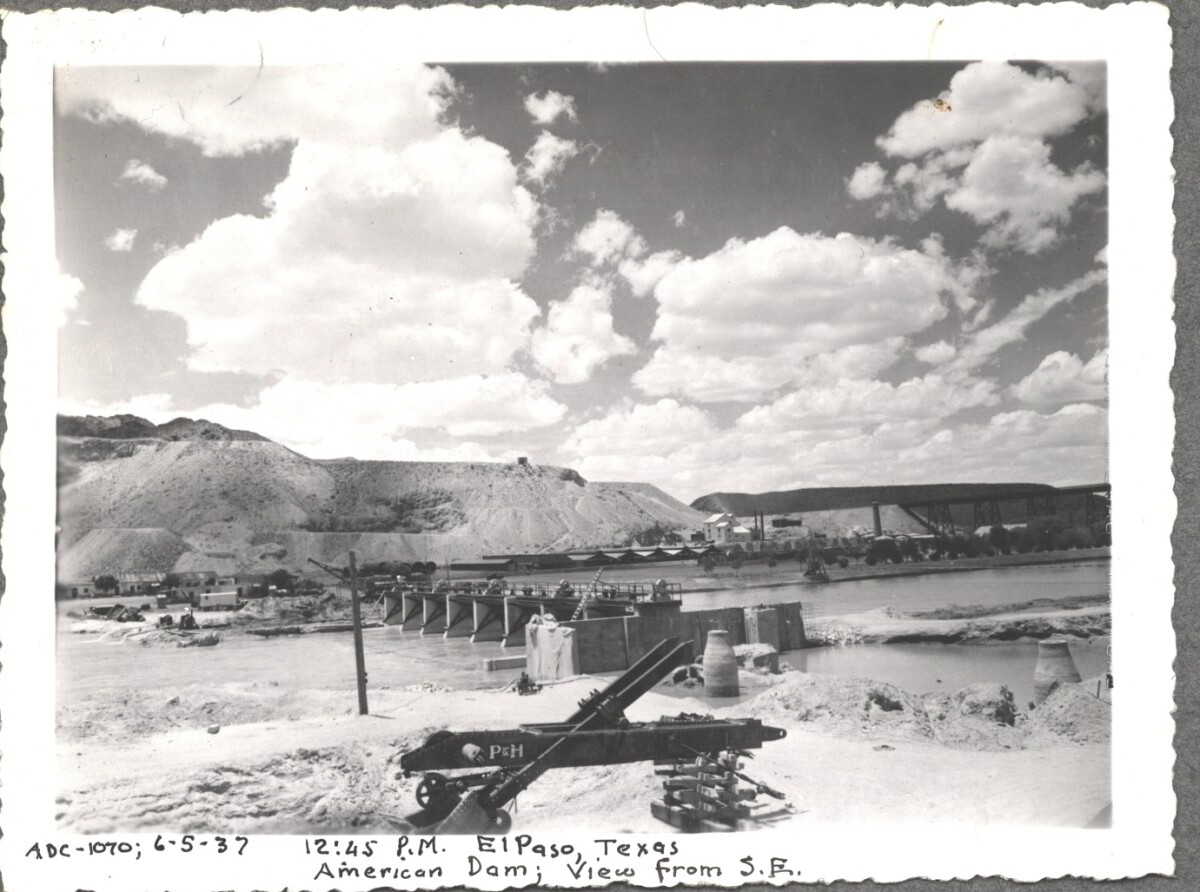

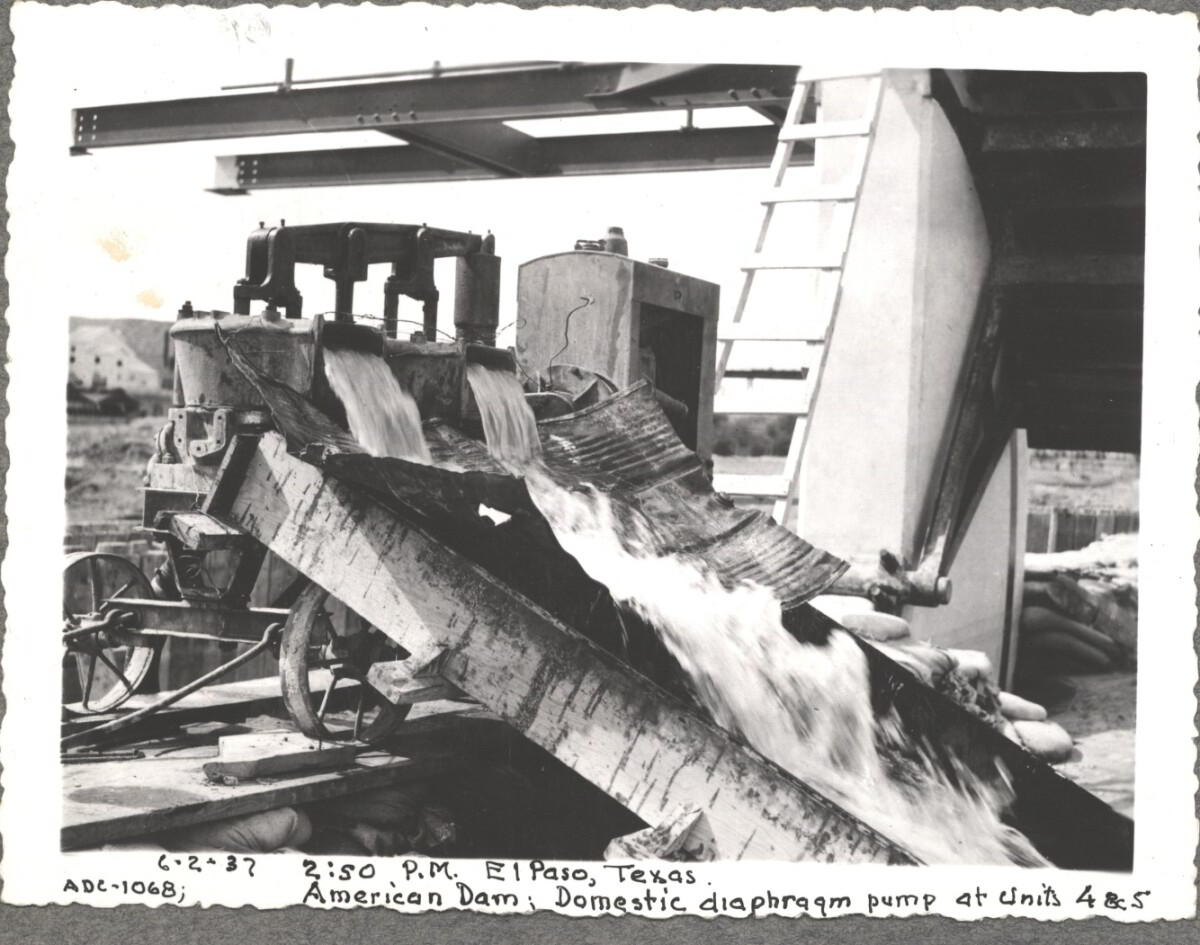
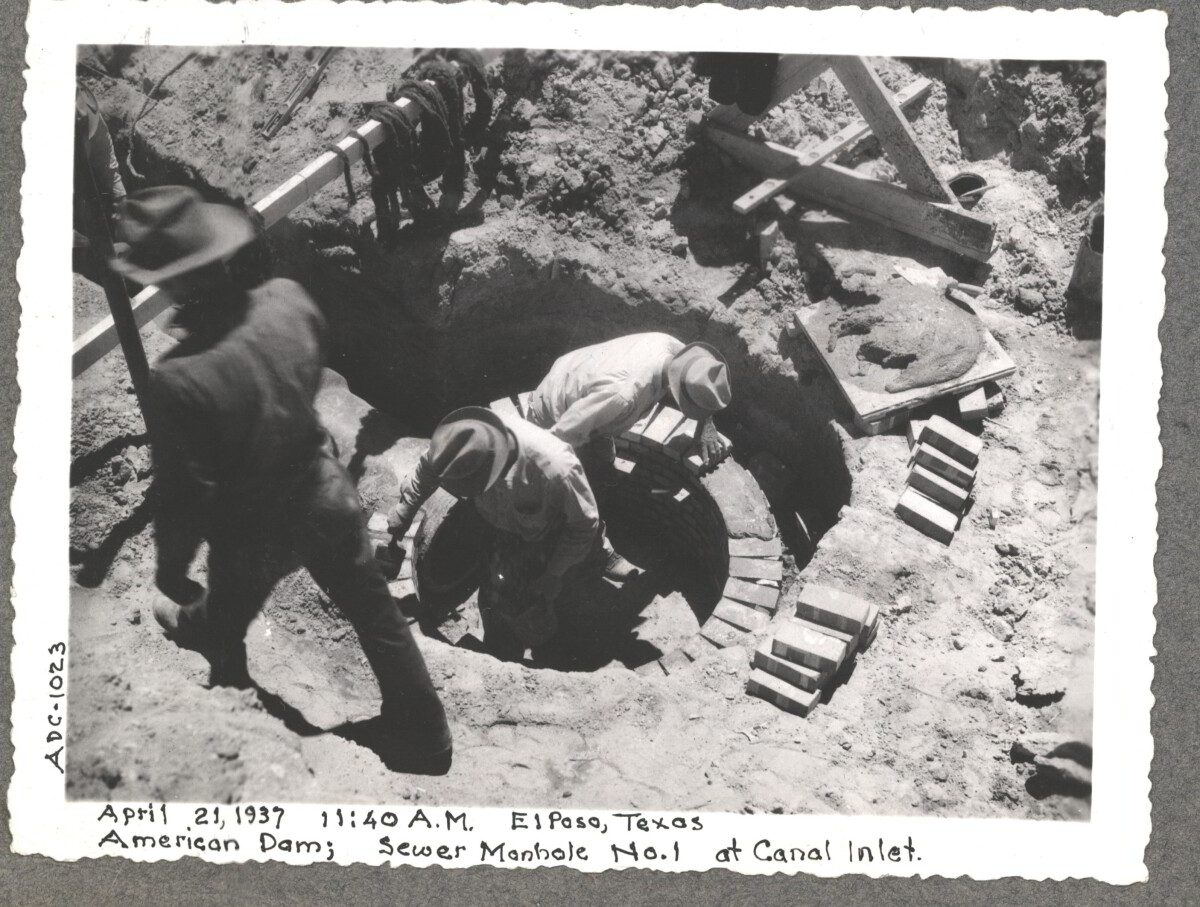
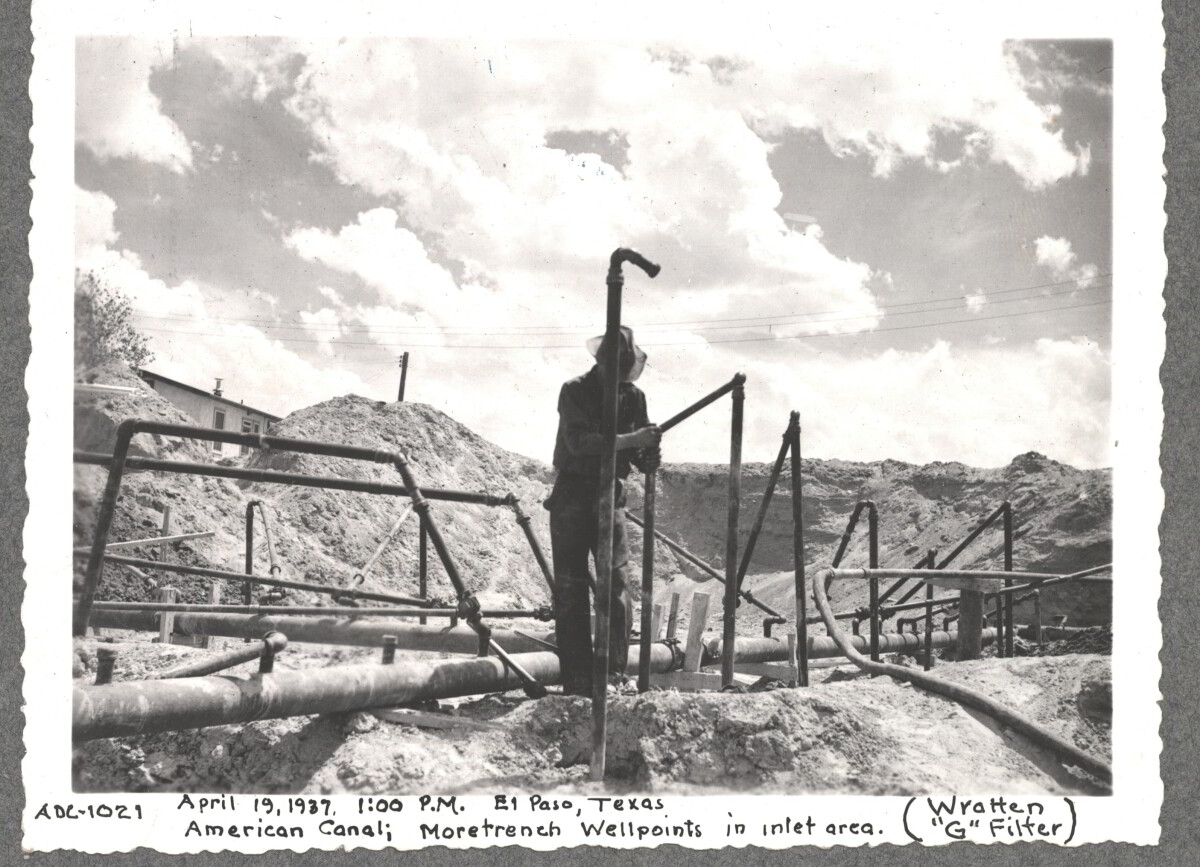
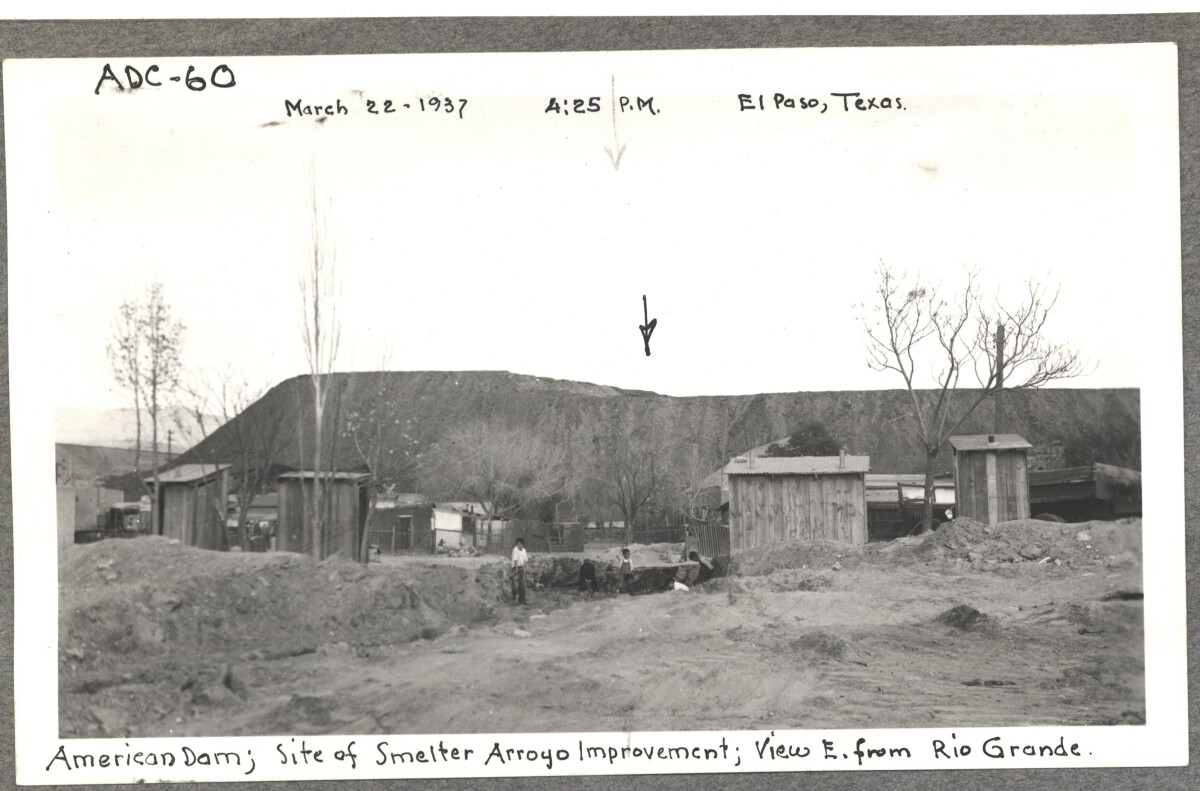
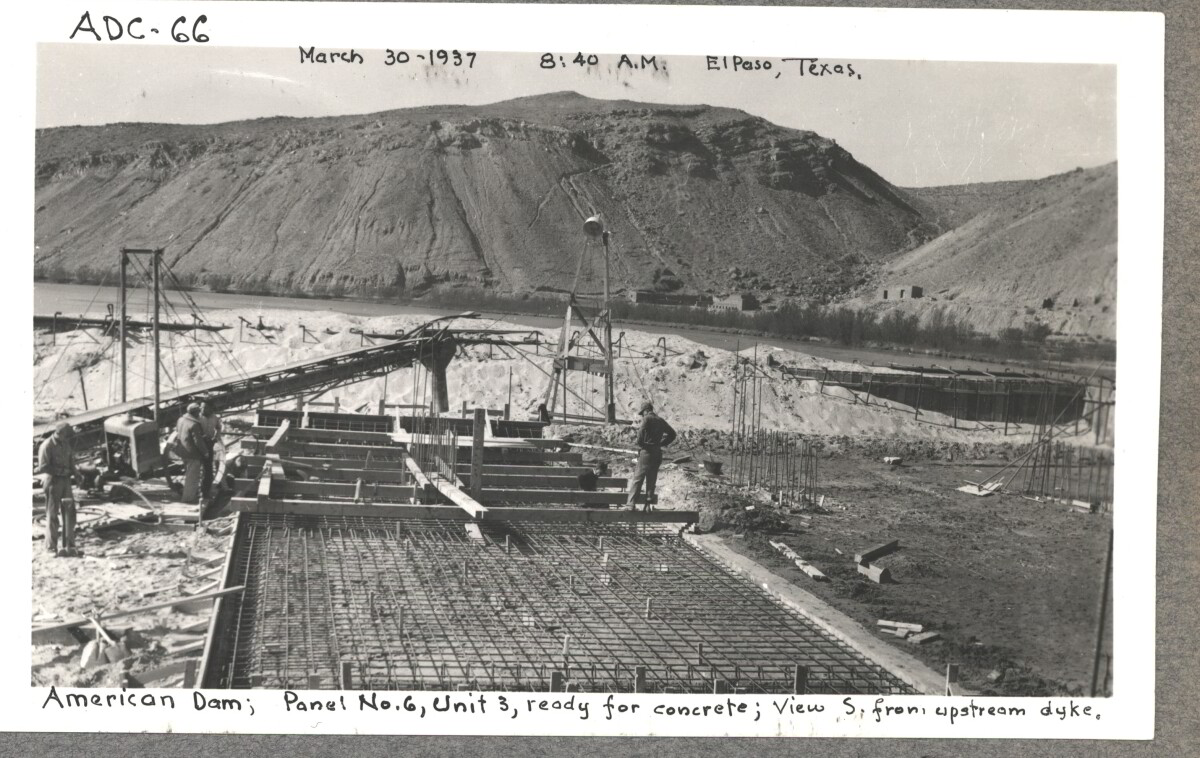
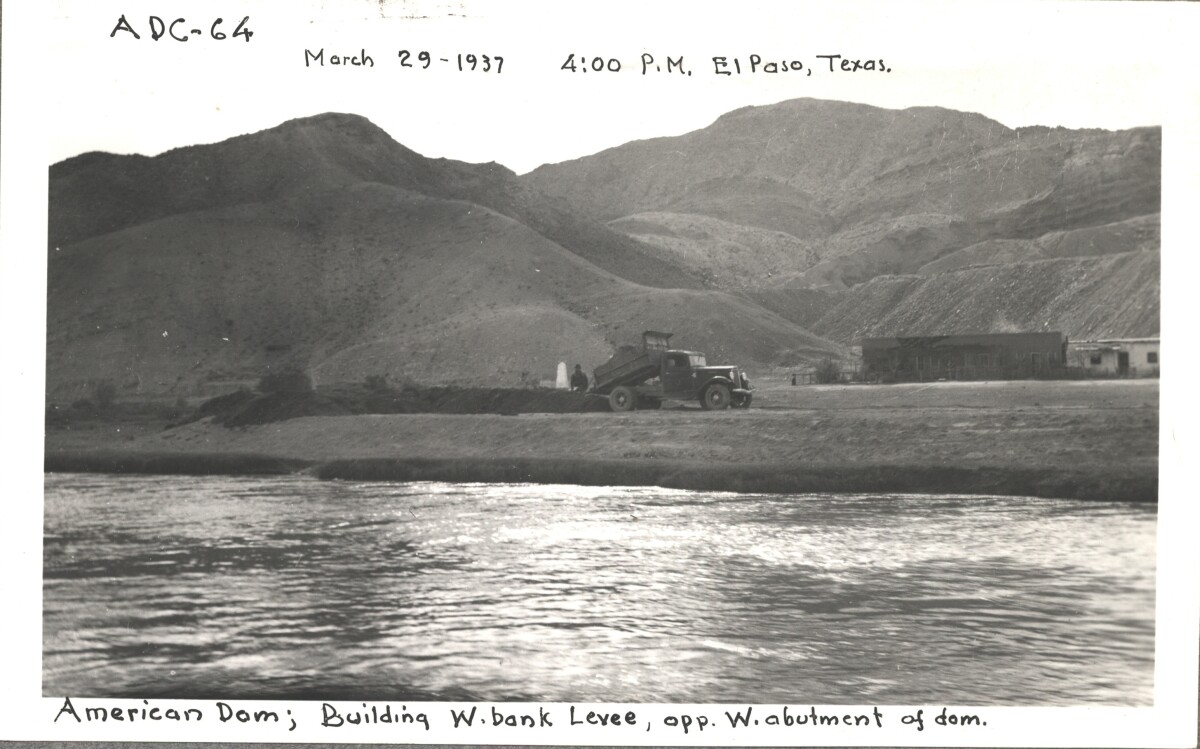
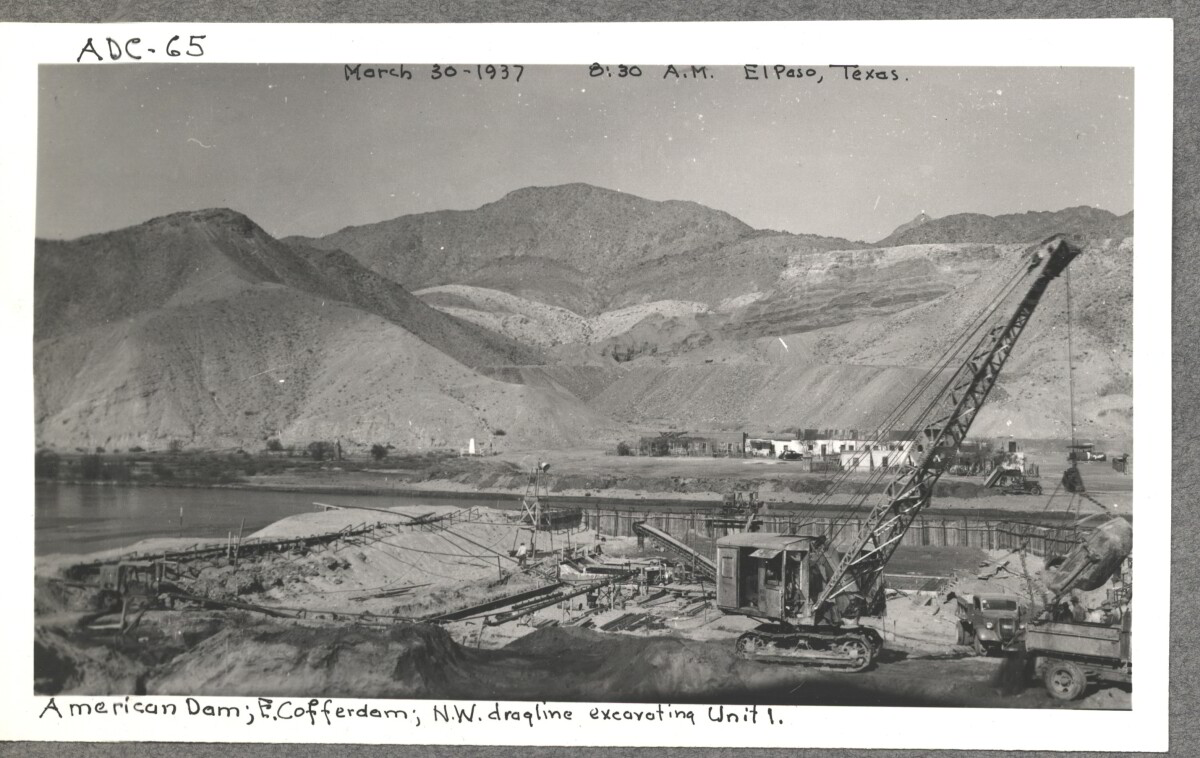
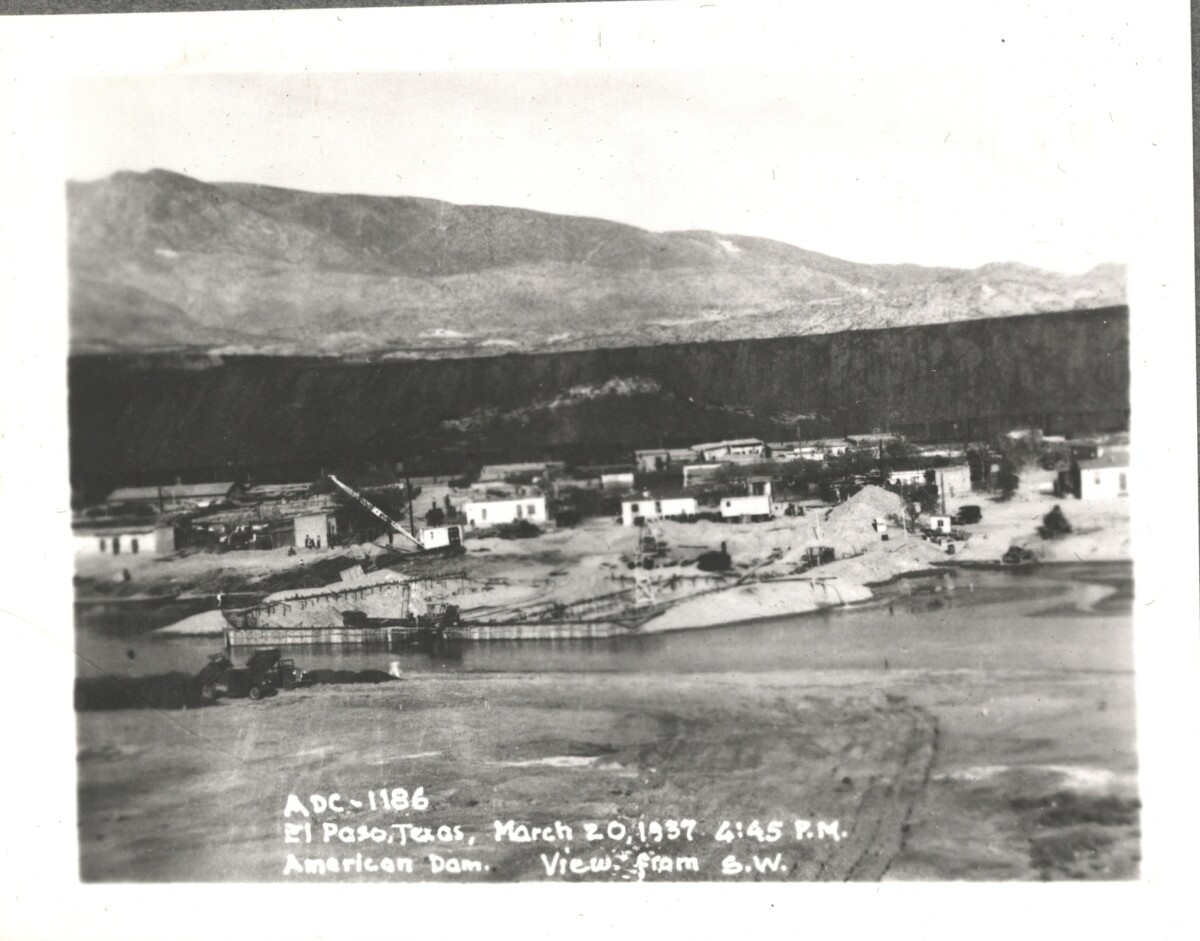
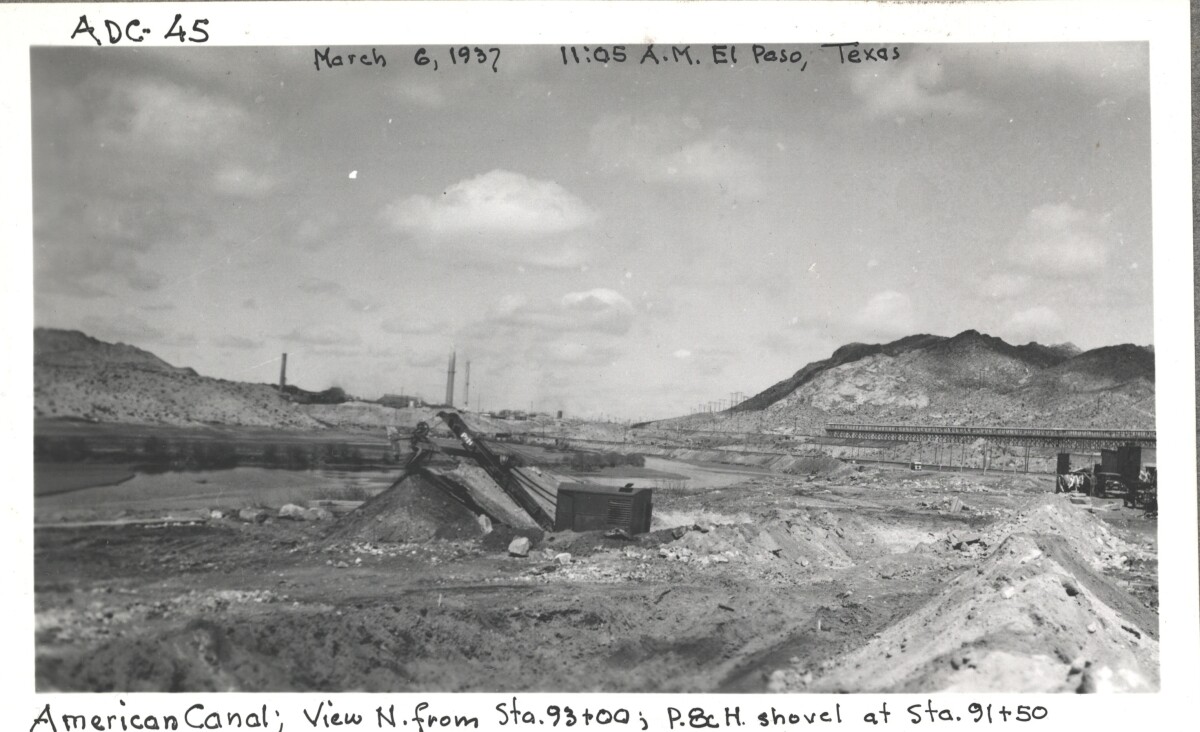
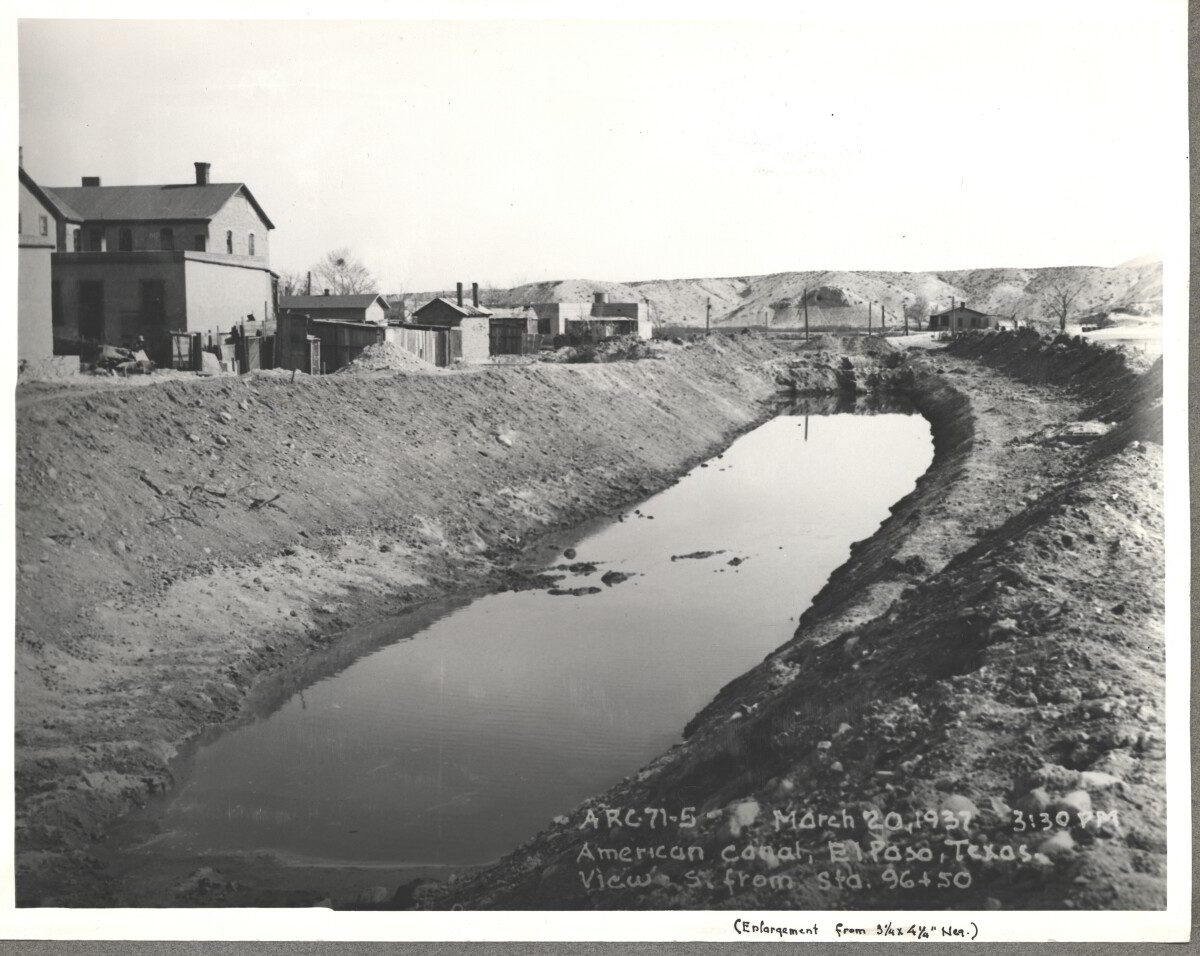
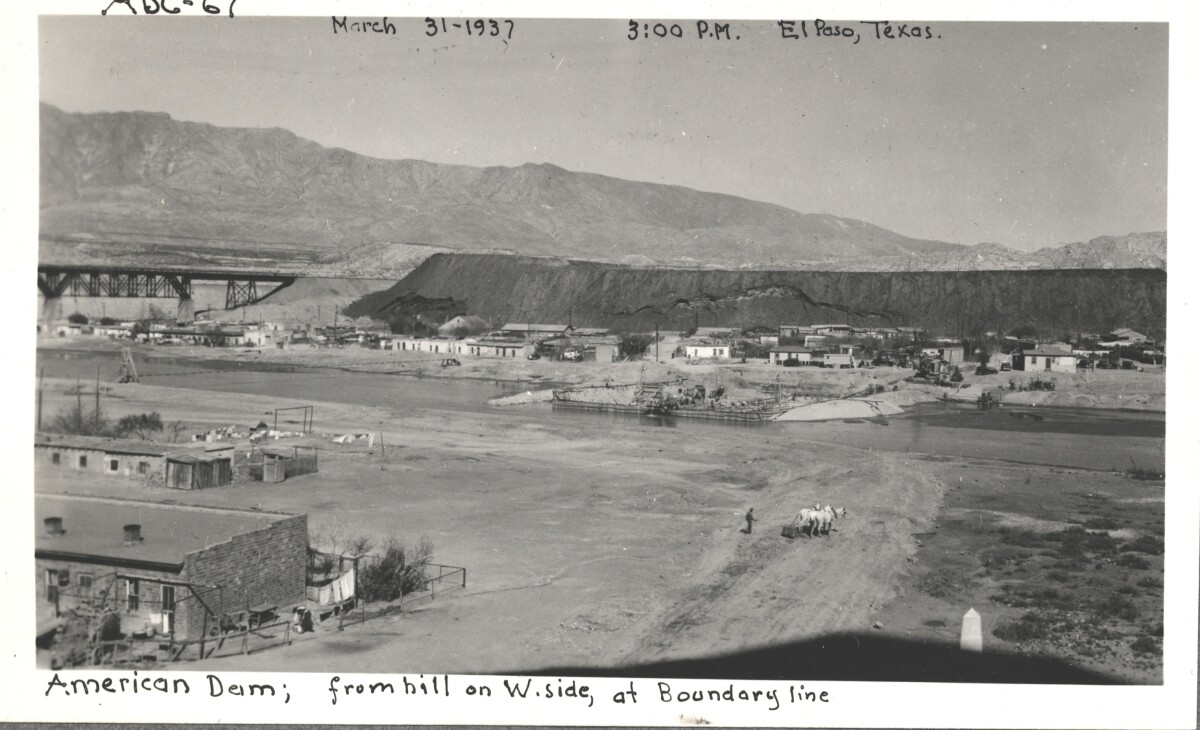
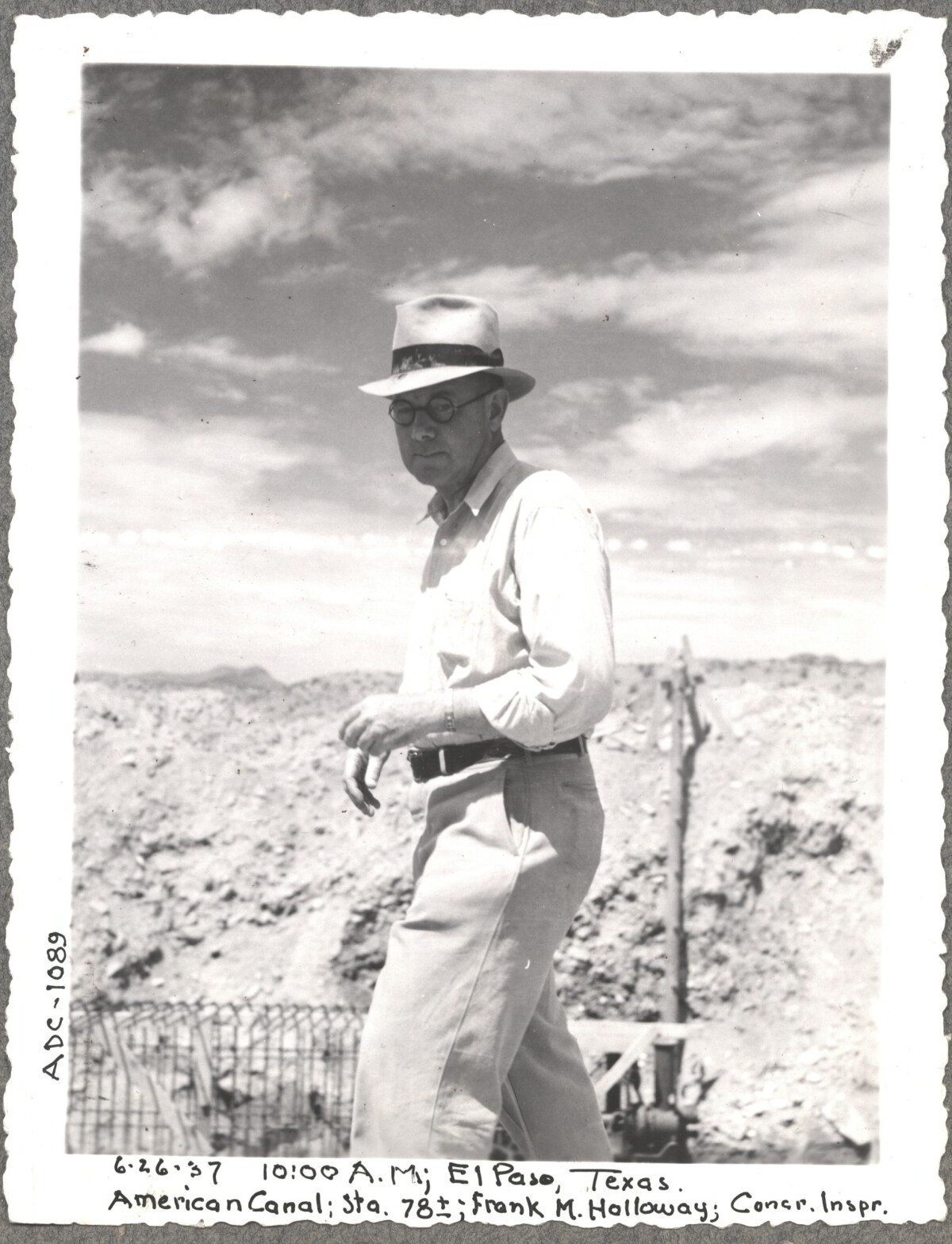
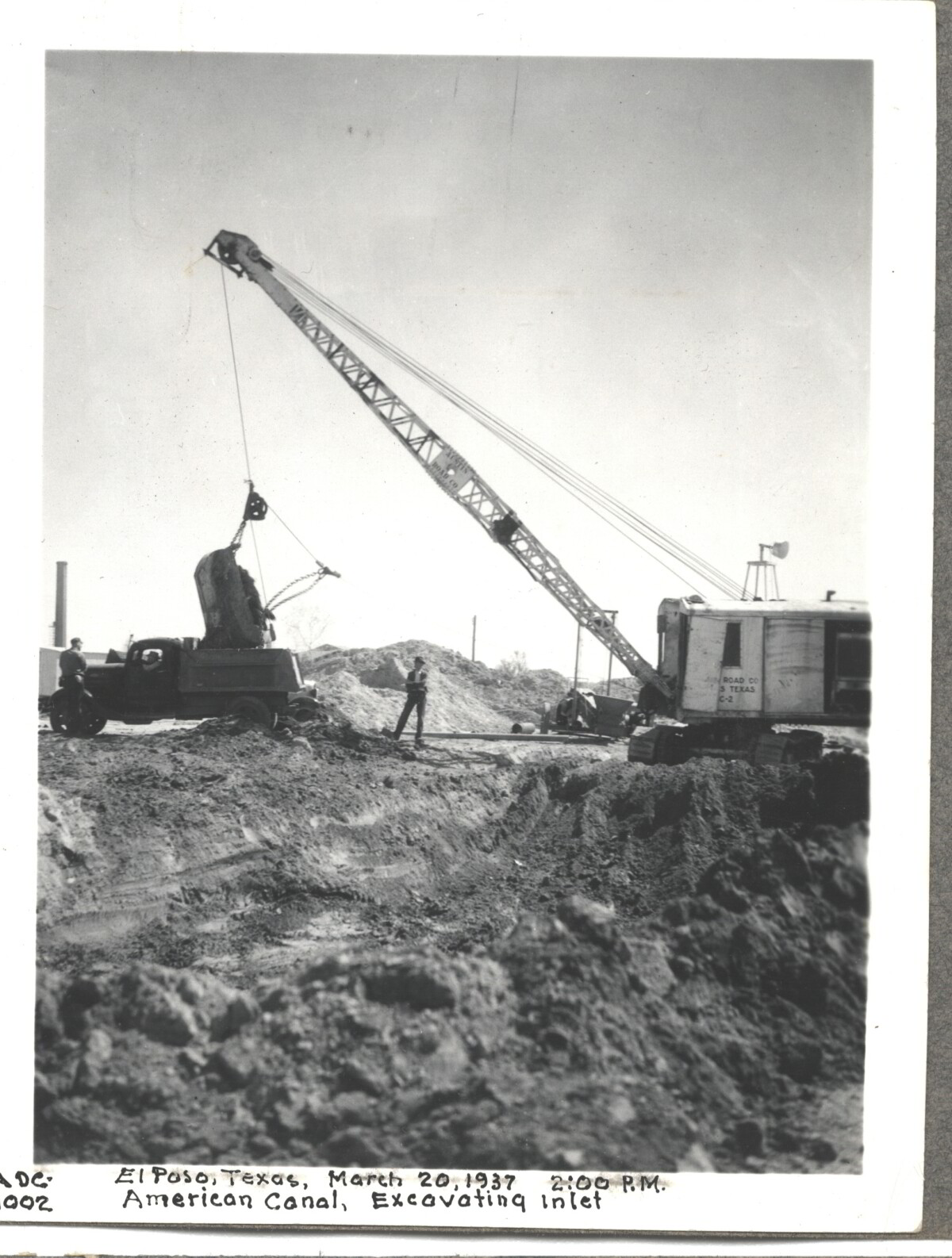
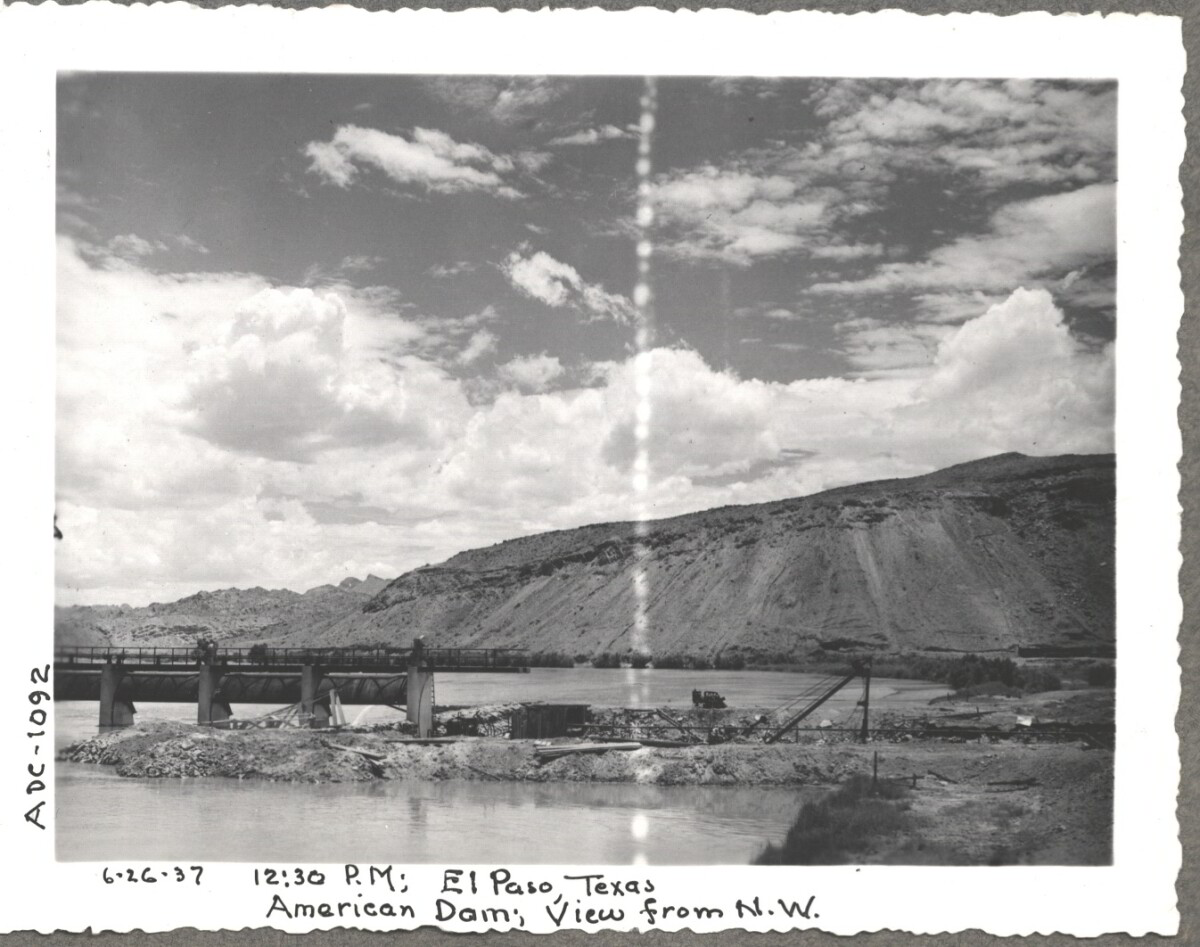
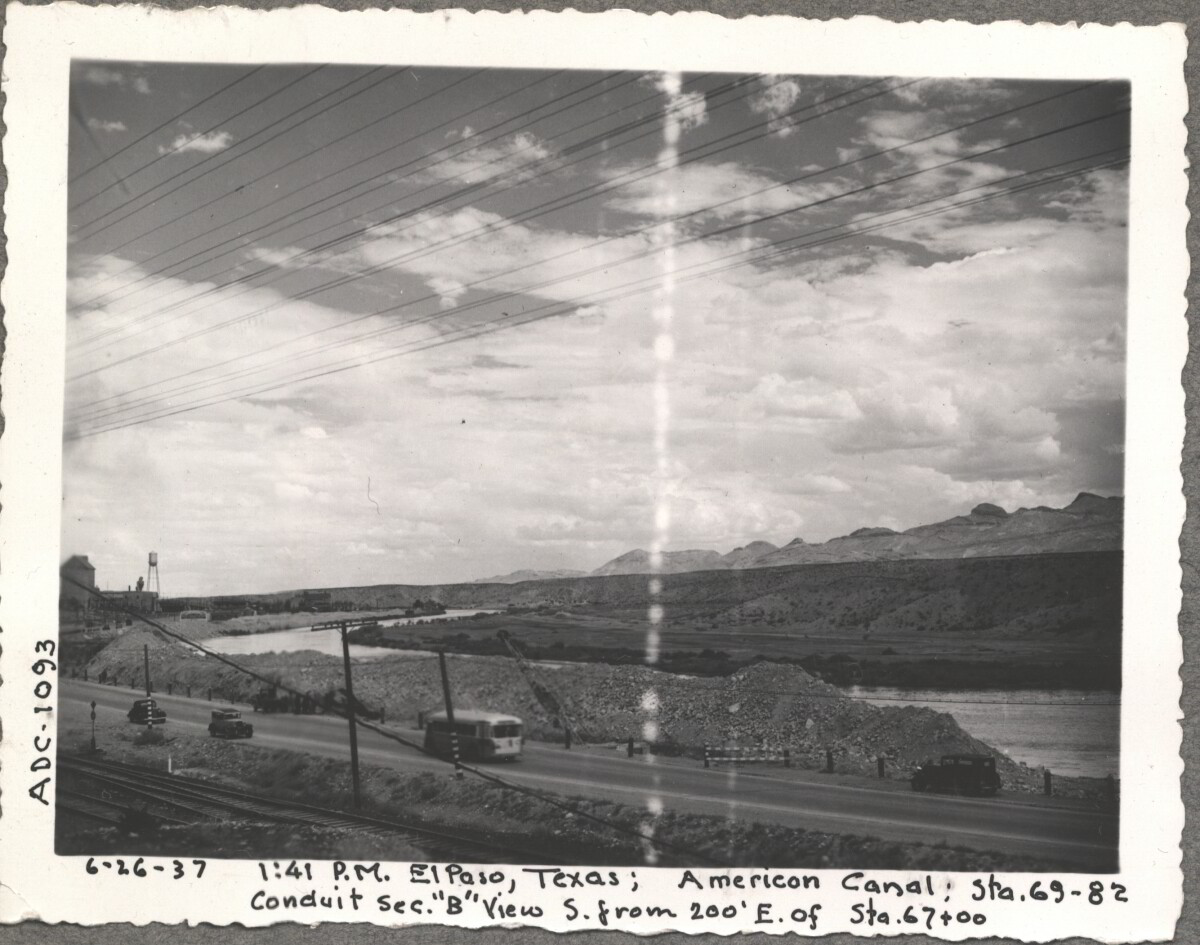
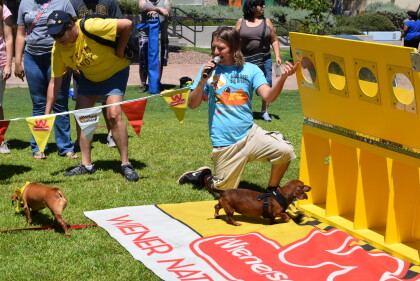

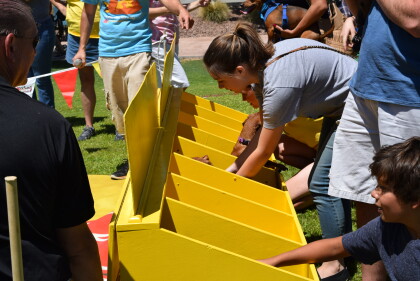


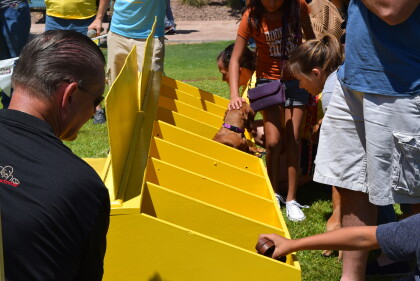



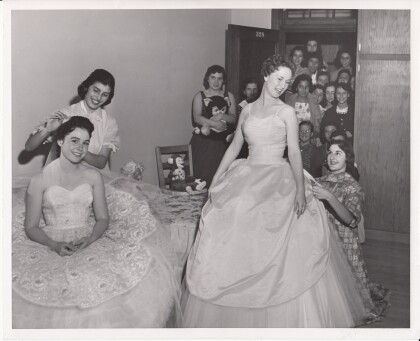
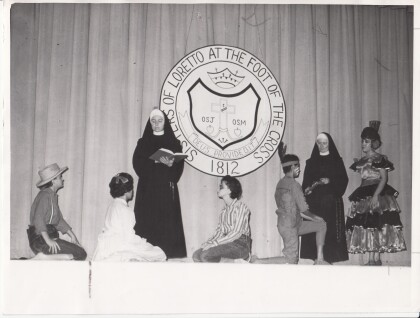
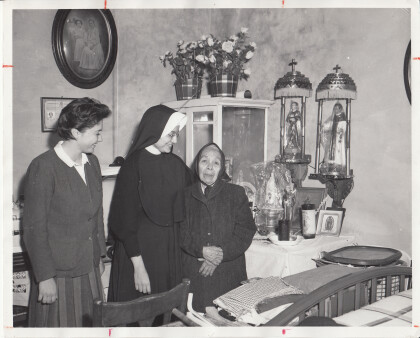
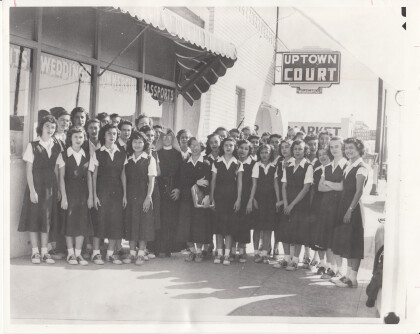
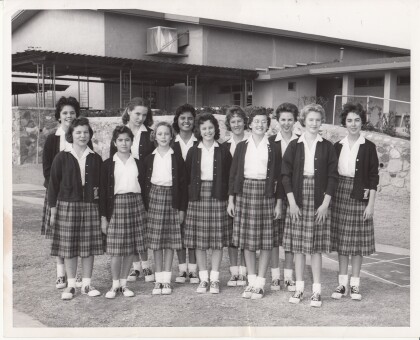
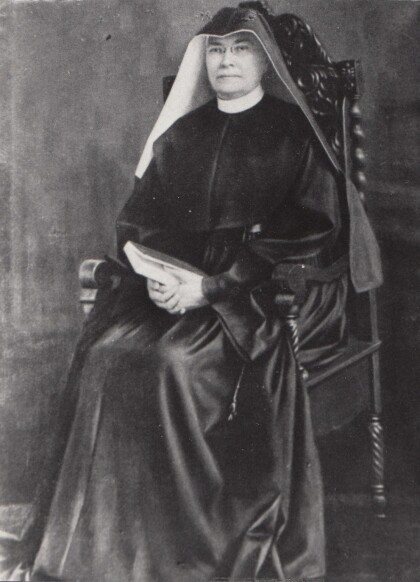


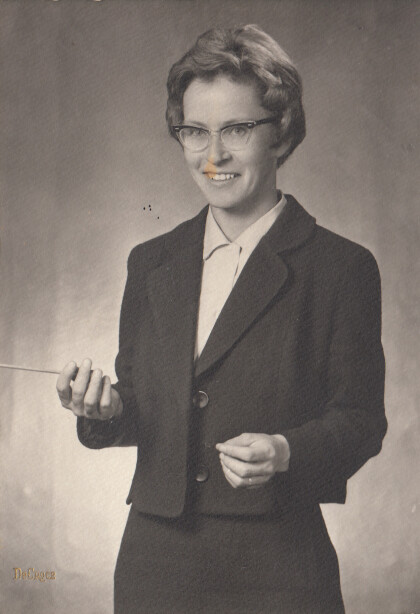
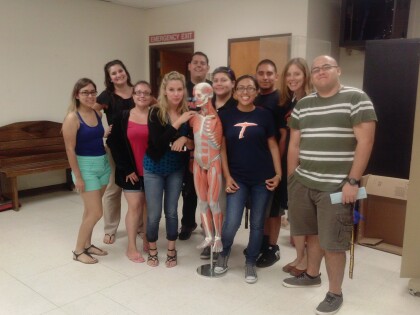
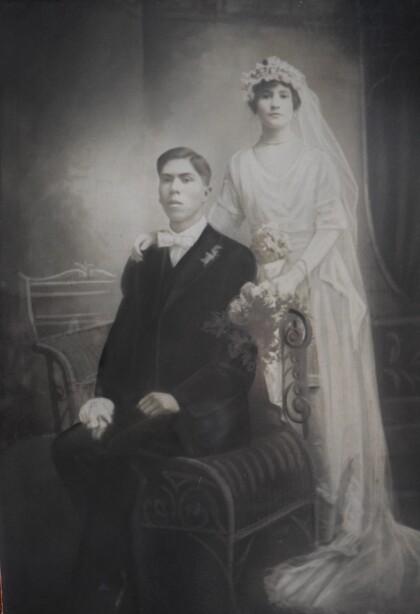

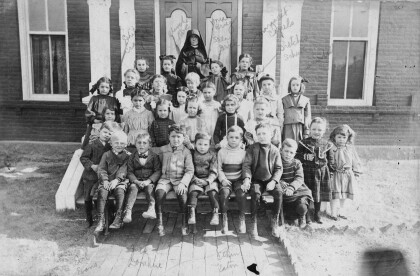
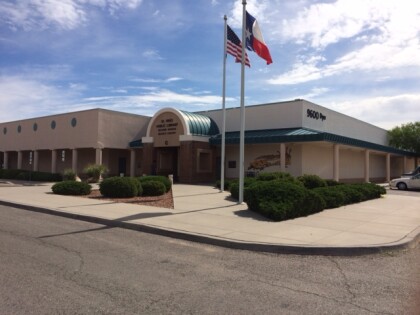
Comentarios
Hacer un comentario